Imagine steering one of the largest airlines through decades of industry upheaval and transformation. The CEOs of United Airlines have faced such challenges head-on, shaping the company into a global aviation leader. From monumental mergers to navigating crises, each leader left their mark. Their decisions impacted not just operations but millions of passengers worldwide.
This article delves deep into the history, achievements, and challenges of United Airlines’ past and present CEOs. If you’re curious to uncover the inspiring stories behind their leadership, you’ve come to the right place. Let’s explore the pivotal role these leaders played in shaping United Airlines’ journey.
Overview Of United Airlines Leadership
United Airlines operates under the guidance of an experienced leadership team, with Scott Kirby as the Chief Executive Officer since December 2020. Kirby’s tenure has been marked by a focus on enhancing customer service and modernizing operations.
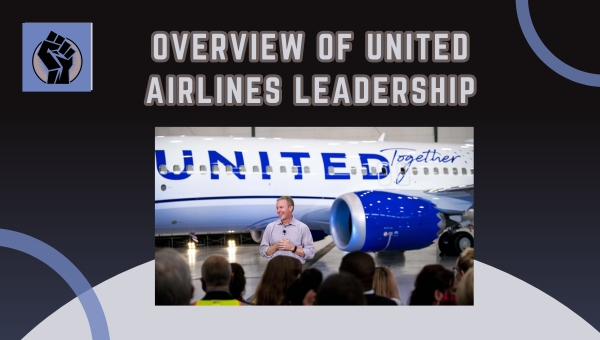
Previously serving as president from 2016 to 2020, he played a key role in shaping the airline’s strategic direction. His extensive background includes leadership roles at American Airlines and US Airways, contributing over three decades of industry expertise.
Under his leadership, United Airlines has prioritized investments in fleet improvements and customer-centric policies. Kirby’s educational credentials, with degrees in computer science and operations research, have equipped him to lead effectively in the dynamic aviation industry.
His leadership reflects a commitment to innovation and operational excellence, ensuring the airline remains competitive in an evolving market.
History Of United Airlines
United Airlines traces its origins back to 1926 with the establishment of Varney Air Lines. In 1929, Boeing Air Transport was formed, merging with several other carriers to create United Aircraft and Transport Corporation (UATC). By 1931, UATC established United Air Lines, which later became United Airlines in 1975. Under the leadership of William A.
Patterson from 1934 to 1966, the airline expanded its domestic routes and introduced the iconic coast-to-coast service. United became a significant player in international aviation by the late 20th century, acquiring Capital Airlines in 1961 and Continental Airlines in 2010.
Today, United Airlines serves over 100 million passengers annually, operating flights to more than 1,000 destinations worldwide, supported by a workforce of approximately 88,000 employees.
Also Read: General Electric CEO: A Legacy of Leadership Excellence
List Of CEOs Of United Airlines
The leadership of United Airlines has been shaped by a series of influential CEOs, each contributing to the airline’s legacy and evolution. Here is a detailed list of the individuals who have held this pivotal role:
William A. Patterson (1939–1966)
William A. Patterson played a pivotal role in shaping United Airlines during its golden age, emphasizing growth and service quality. His leadership was instrumental in establishing United as a key player in the aviation industry.
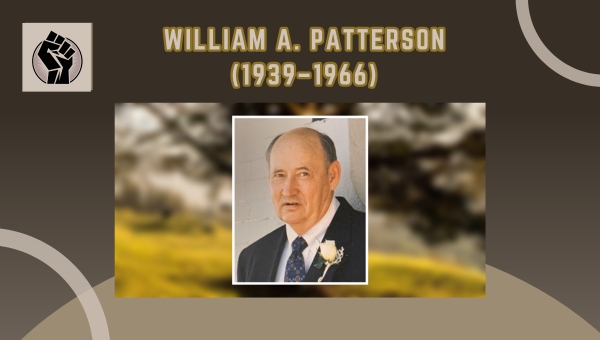
Key Achievements:
- Introduced innovative aircraft and expanded routes, enhancing the airline’s reach.
- Strengthened labor relations, creating a balance between employees’ interests and operational efficiency.
- Fostered a customer-focused culture that set high service standards.
Percy Wood (1966–1972)
Percy Wood’s tenure focused on stabilizing the company after financial setbacks. His efforts were directed towards improving operational efficiency and solidifying United’s market position.
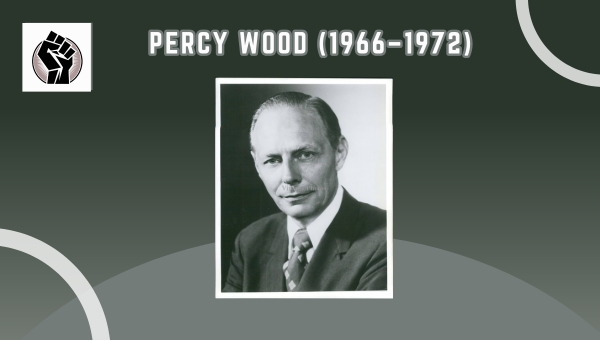
Key Achievements:
- Executed cost-cutting measures to address economic challenges.
- Expanded both domestic and international routes, increasing United’s global presence.
- Improved collaboration with employees to foster a more cohesive work environment.
Richard Ferris (1973–1987)
Richard Ferris was known for his bold expansion strategy and efforts to modernize operations during a highly competitive era. He introduced programs that are still relevant today.

Key Achievements:
- Launched the frequent flyer program, a revolutionary concept in customer loyalty.
- Acquired Pan Am’s international routes, significantly enhancing United’s global network.
- Focused on upgrading technology to improve operational efficiency and customer experience.
Stephen Wolf (1987–1994)
Stephen Wolf transitioned United into a global airline powerhouse. His aggressive growth strategies and international partnerships brought significant changes but also faced resistance from labor unions.
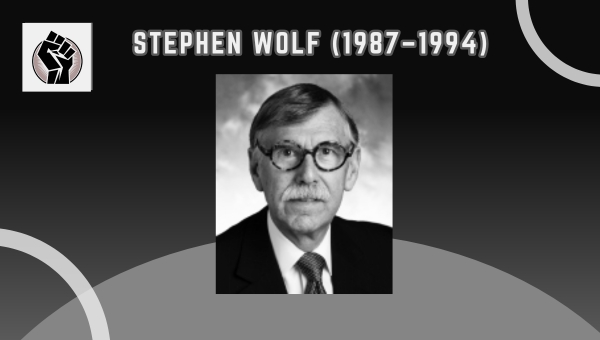
Key Achievements:
- Expanded United’s international operations by forming strategic alliances.
- Introduced technological advancements to streamline operations.
- Managed labor unrest while striving to maintain operational stability.
Gerald Greenwald (1994–1999)
Gerald Greenwald led United Airlines during a period of financial difficulty. His leadership style emphasized restructuring and fostering employee ownership.
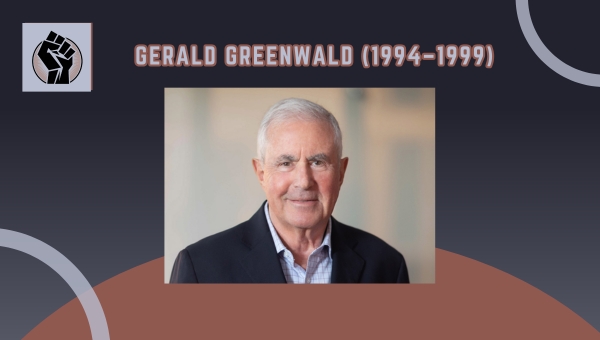
Key Achievements:
- Stabilized the company’s finances through effective management strategies.
- Introduced an employee stock ownership plan, which significantly improved workforce morale.
- Focused on enhancing labor relations to build a cooperative work environment.
James Goodwin (1999–2002)
James Goodwin aimed to navigate the competitive landscape by initiating technological upgrades and reducing debts. However, his tenure faced challenges with customer satisfaction.
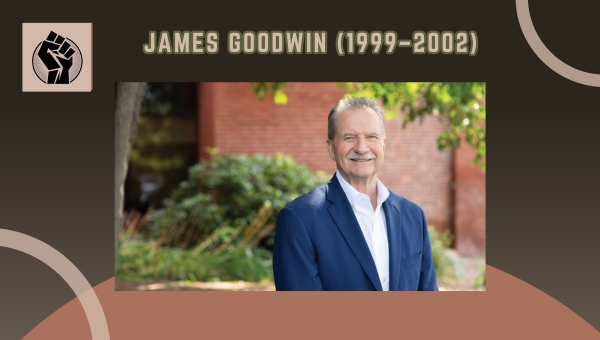
Key Achievements:
- Played a key role in launching the Star Alliance, expanding United’s reach through partnerships.
- Upgraded cabin services to improve the overall passenger experience.
- Made efforts to reduce operational debt, ensuring financial stability.
Jeff Smisek (2008–2015)
Jeff Smisek’s leadership saw significant operational changes, although his tenure ended amid controversies. He focused on mergers and customer service improvements.
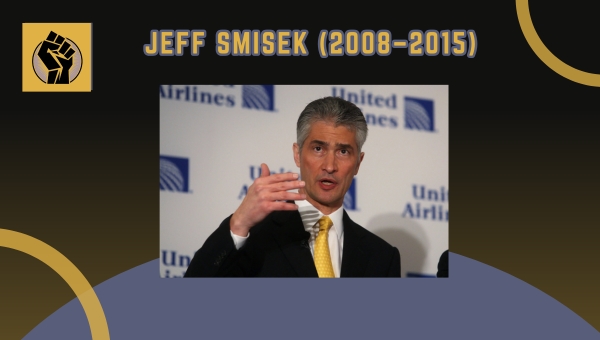
Key Achievements:
- Oversaw the merger with Continental Airlines, creating one of the largest airlines globally.
- Initiated customer service enhancements to improve passenger satisfaction.
- Worked on modernizing operations to align with industry standards.
Oscar Munoz (2015–2020)
Oscar Munoz revitalized United Airlines’ image after a series of controversies, focusing on customer-centric policies and operational improvements. His leadership was marked by transparency and employee engagement.
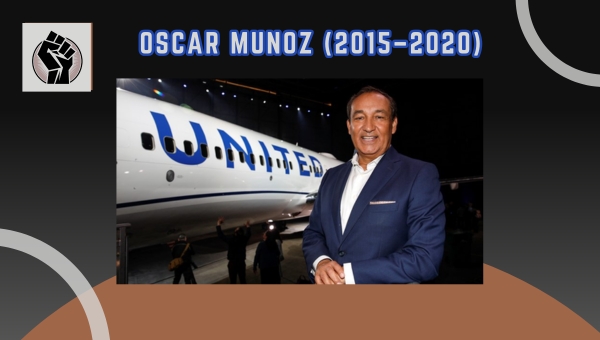
Key Achievements:
- Boosted employee morale through open communication and engagement initiatives.
- Improved fleet reliability, leading to better on-time performance.
- Enhanced customer service standards, redefining United’s brand image.
Scott Kirby (2020–Present)
Scott Kirby has been at the helm since 2020, leading the airline through one of the most challenging periods in history. His focus has been on post-pandemic recovery and customer experience.
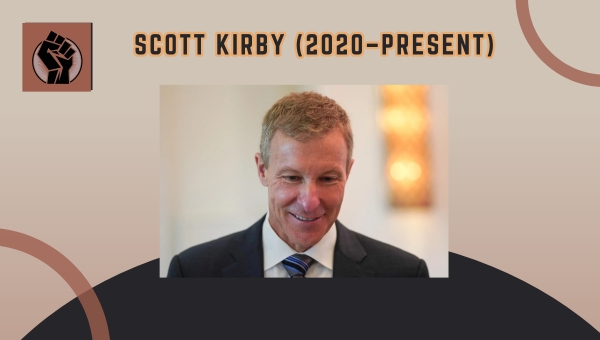
Key Achievements:
- Eliminated change fees among legacy carriers, setting a new industry standard.
- Invested in fleet modernization and service enhancements to strengthen operations.
- Focused on sustainability initiatives, aligning United with global environmental goals.
Also Read: CEO Of Oracle: Shaping A Global Tech Giant
Controversies Surrounding United Airlines CEOs
United Airlines has faced its fair share of challenges under various leaders, from public relations mishaps to navigating industry-wide crises. These incidents have tested the resilience and decision-making of its CEOs, shaping the airline’s reputation and operational strategies.
Public Relations Challenges
Throughout its history, United Airlines has encountered several high-profile public relations issues. These incidents have sparked debates and drawn significant attention, requiring quick action from leadership to manage the fallout effectively.
- Passenger Removal Incident (2017): This event involved the forcible removal of a passenger from an overbooked flight, which went viral and led to widespread criticism. Leadership had to issue public apologies and revise overbooking policies.
- Guitar Damage Incident (2009): A musician’s claims of his guitar being mishandled by United staff gained traction online. This highlighted gaps in customer service and baggage handling procedures.
- Pet Transport Controversy (2018): The airline faced backlash after the death of a pet during travel, prompting policy changes around animal transportation.
Responses To Industry Crises
United Airlines has also faced significant challenges due to industry crises. The responses of its CEOs during these periods have been critical in determining the airline’s ability to recover and thrive.
- Post-9/11 Recovery: Leadership had to implement immediate safety measures and manage financial losses following the 2001 attacks, a defining moment for the aviation industry.
- 2008 Financial Crisis: The airline adopted cost-cutting measures and streamlined operations to navigate the economic downturn effectively.
- COVID-19 Pandemic: The pandemic posed unprecedented challenges, with leaders focusing on maintaining operations, ensuring passenger safety, and adapting to reduced demand.
Each challenge brought opportunities for growth and lessons that continue to shape the airline’s leadership approach.
The Future Of Leadership At United Airlines
The future of leadership at United Airlines is set to evolve, with a focus on adapting to the ever-changing aviation industry. The airline seeks visionary leaders to tackle emerging challenges while ensuring customer satisfaction and operational excellence. Let’s explore the critical traits desired in upcoming CEOs and the influence of industry trends on leadership strategies.
Traits Desired In Future CEOs
Future leaders of United Airlines will need to embody a range of skills and qualities to thrive in a competitive market.
Below are some key traits that are likely to be prioritized:
- Strategic Vision: The ability to foresee industry shifts and implement long-term growth strategies.
- Adaptability: Quick responsiveness to market changes, such as evolving passenger needs or global challenges.
- Strong Communication: Clear and effective communication with stakeholders, employees, and customers to build trust.
- Sustainability Focus: A commitment to reducing environmental impact through innovative practices.
- Customer-Centric Approach: Prioritizing customer satisfaction and experience in every aspect of operations.
Current Industry Trends Impacting Leadership
Emerging trends in the aviation sector are shaping the expectations of future leaders. Below are some of the significant trends influencing leadership roles:
- Digital Transformation: Leveraging advanced technology like AI and automation to enhance operational efficiency and customer engagement.
- Environmental Sustainability: Aligning business operations with eco-friendly practices to meet global sustainability goals.
- Shifting Consumer Behavior: Adapting to changes such as increased demand for personalized services and flexible travel options.
- Global Health Preparedness: Strengthening strategies to handle health-related disruptions like pandemics more effectively.
- Economic Volatility: Managing costs and resources prudently to navigate uncertain economic conditions.
These factors will undoubtedly play a pivotal role in determining the leadership approach at United Airlines in the coming years.
FAQs
Which country owns United Airlines?
United Airlines is based in the United States. It operates as an American airline and is headquartered in Chicago, Illinois.
Who is the owner of United Airlines?
United Airlines is owned by its parent company, United Airlines Holdings, Inc., a publicly traded corporation with shares held by various investors.
What is United Airlines known for?
United Airlines is recognized for its extensive global route network, being a founding member of the Star Alliance, and offering premium services such as United Polaris for international travelers.
Conclusion
The history and leadership of United Airlines highlight a journey driven by innovation, resilience, and strategic vision. Each leader has contributed uniquely to shaping the airline into a prominent figure in the aviation industry.
From navigating challenges to implementing transformative strategies, United Airlines’ leadership plays a crucial role in its success. By understanding the past and anticipating future trends, the company continues to adapt to the ever-changing landscape of air travel.
Thank you for exploring this topic with us. If you found this insightful, feel free to dive into more informative blogs on our site to expand your knowledge further!





